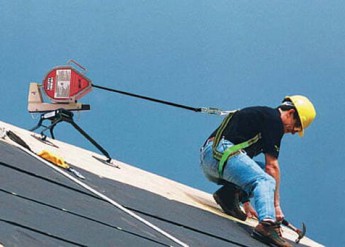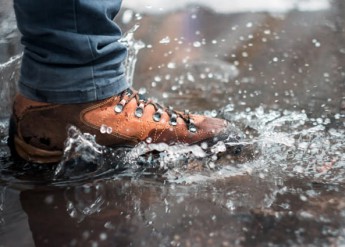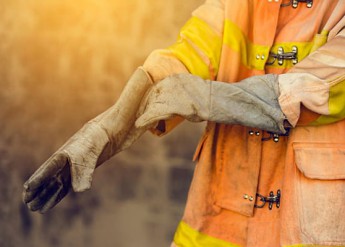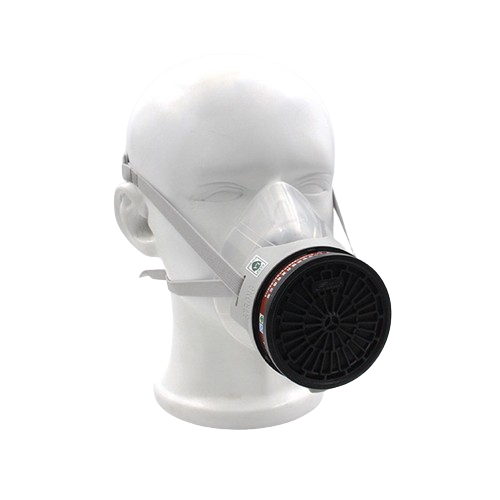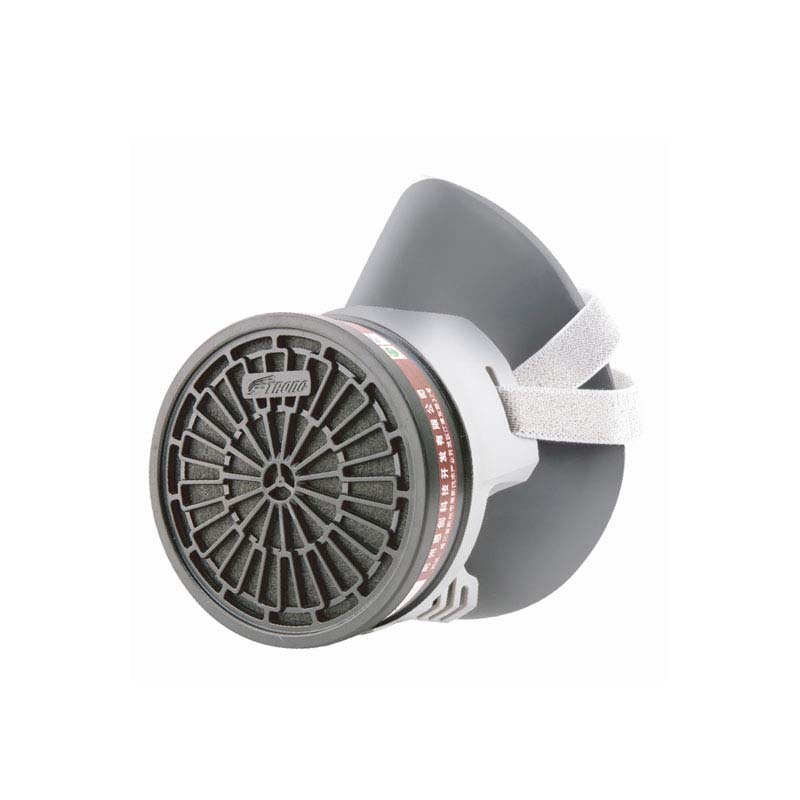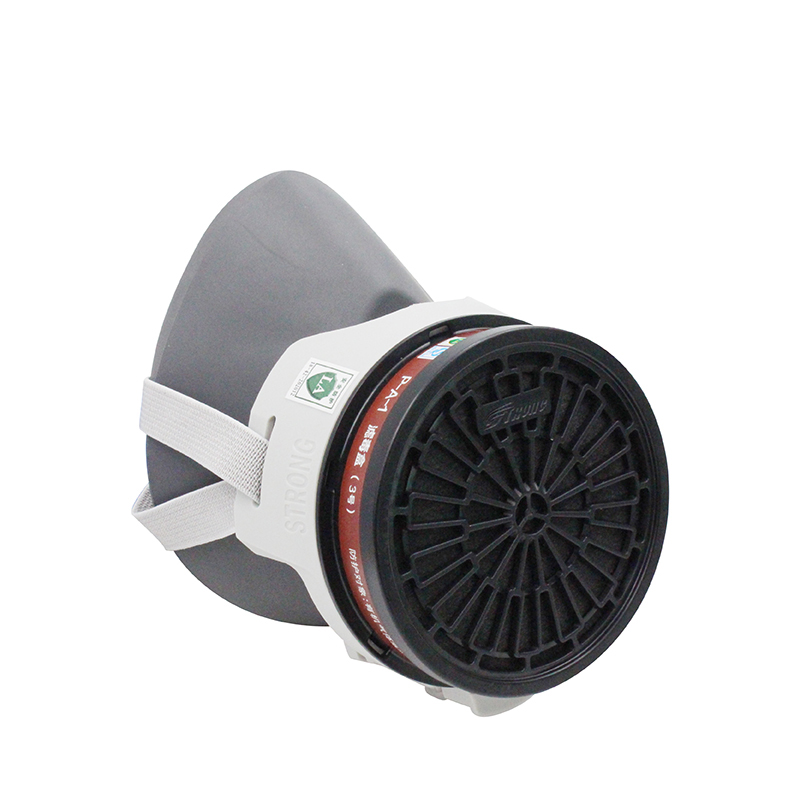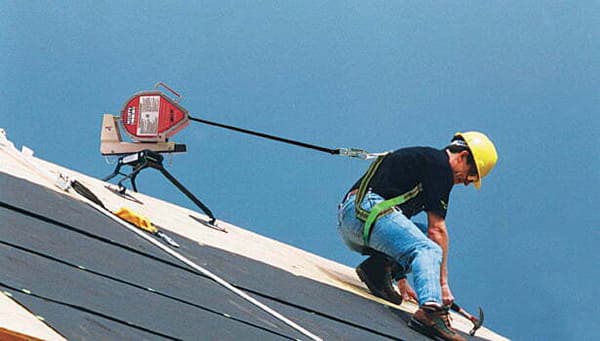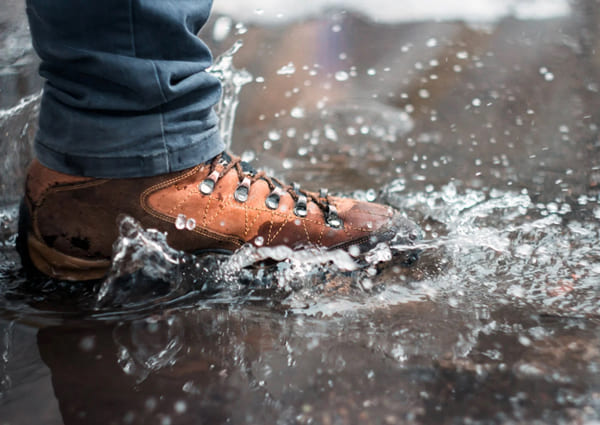Cold and FROSTBITE
When skin tissue actually freezes cell damage results,fingers,toes,cheeks,nose and ears are primarily affected,the symptoms of frostbite include an uncomfortable sensation of coldness.there may be a tingling stinging or aching feeling followed by numbness,First aid includes treating affected areas with warm water at 102 degrees to 110 degrees Fahrenheit,be careful to avoid rubbing frostbitten areas because this can lead to greater tissue injury if there is a chance for refreezing.do not rewarm the affected areas.trench foot.
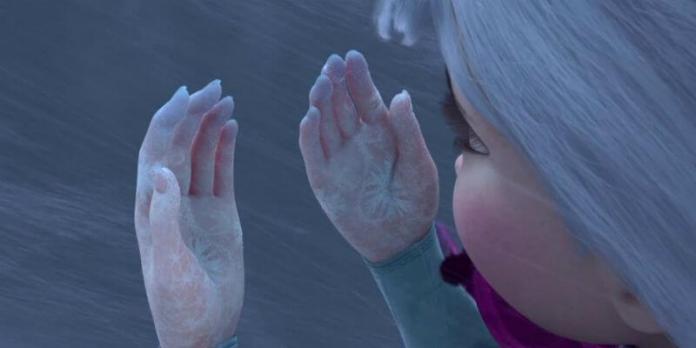
Trench foot may be caused by long and continuous exposure to a wet and cold environment or immersion in water symptoms include a tingling and or itching sensation,pain and swelling blisters may form and be followed by death of skin tissue and ulceration. first,aid treatment for trench foot is similar to the treatment for frostbite and includes moving the victim to a warm area treating the affected part with warm water(102 to 110°F) or warm packs,arranging bed rest in a warm environment.and obtaining medical assistance as soon as possible.

Hypothermia
The progressive loss of body heat with prolonged exposure to cold defines hypothermia,heat loss is accelerated when a person is wet due to sweat or a damp environment, the first symptoms are uncontrollable shivering and a feeling of cold.as the body's temperature continues to drop an individual can become confused,careless and disoriented,individuals experiencing mild hypothermia should be moved to a warm dry shelter remeving wet clothing and applying warm blankets for insulation,minimizes further heat loss warm,non-alcoholic.caffeine-free drinks may be offered more severe cases of hypothermia require intensive medical care. Preventing cold related disorders.dress appropriately,wear layers,an outer layer to break the wind and allow some ventilation like gore-tex or nylon a middle layer of wool down or synthetic pile to absorb sweat and retain insulating properties when wet,and an inner layer of cotton or synthetic weave to allow ventilation and escape of perspiration keep a change of clothes available protect your feet,hands head and face keep the head covered,wear foot gear that protects against cold and dampness avoid wearing dirty or greasy clothing,because such garments have poor insulating properties,provide a heated shelter for workers who experience prolonged exposure to the equivalent of wind chill temperature of 20°F or less and shield work areas from drafty or windy conditions.
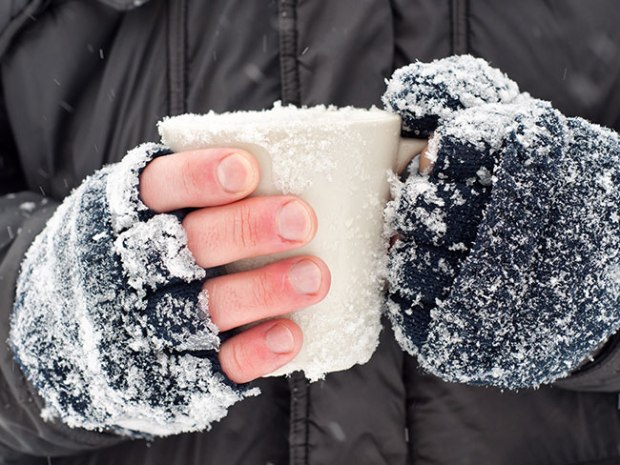
Use thermal insulating material on the handles of equipment when temperatures drop below 30°F allow individuals to set their own pace.work in pairs and take extra work breaks when needed whenever possible,avoid activities that lead to heavy perspiration,shift as many outdoor activities as feasible to the inside select the warmest hours of the day to work outside,minimize activities requiring sitting or standing,in a cold environment for long periods of time, keep energy levels up and prevent dehydration by copsuming warm,sweet,caffeine-free,non-alcoholic drinks and soup,seek warm shelter following these symptoms,heavy shivering and uncomfortable sensation of coldness severe fatigue,drowsiness or euphoria.

